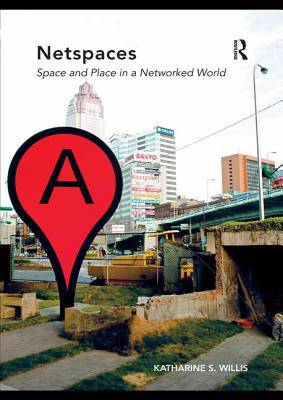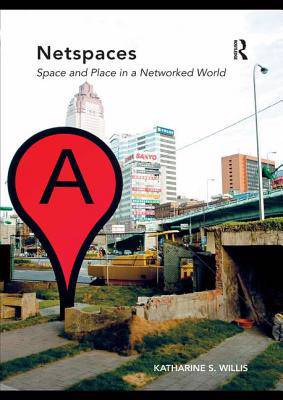
- Afhalen na 1 uur in een winkel met voorraad
- Gratis thuislevering in België vanaf € 30
- Ruim aanbod met 7 miljoen producten
- Afhalen na 1 uur in een winkel met voorraad
- Gratis thuislevering in België vanaf € 30
- Ruim aanbod met 7 miljoen producten
Zoeken
€ 67,95
+ 135 punten
Uitvoering
Omschrijving
The focus of this book is on understanding and explaining the way that our increasingly networked world impacts on the legibility of cities; that is how we experience and inhabit urban space. It reflects on the nature of the spatial effects of the networked and mediated world; from mobile phones and satnavs to data centres and wifi nodes and discusses how these change the very nature of urban space. It proposes that netspaces are the spaces that emerge at the interchange between the built world and the space of the network. It aims to be a timely volume for both architectural, urban design and media practitioners in understanding and working with the fundamental changes in built space due to the ubiquity of networks and media. This book argues that there needs to be a much better understanding of how networks affect the way we inhabit urban space. The volume defines five characteristics of netspaces and defines in detail the way that the spatial form of the city is affected by changing practices of networked world. It draws on theoretical approaches and contextualises the discussion with empirical case studies to illustrate the changes taking place in urban space. This readable and engaging text will be a valuable resource for architects, urban designers, planners and sociologists for understanding how of networks and media are creating significant changes to urban space and the resulting implications for the design of cities.
Specificaties
Betrokkenen
- Auteur(s):
- Uitgeverij:
Inhoud
- Aantal bladzijden:
- 190
- Taal:
- Engels
Eigenschappen
- Productcode (EAN):
- 9781138573390
- Verschijningsdatum:
- 12/10/2017
- Uitvoering:
- Paperback
- Formaat:
- Trade paperback (VS)
- Afmetingen:
- 175 mm x 246 mm
- Gewicht:
- 452 g

Alleen bij Standaard Boekhandel
+ 135 punten op je klantenkaart van Standaard Boekhandel
Beoordelingen
We publiceren alleen reviews die voldoen aan de voorwaarden voor reviews. Bekijk onze voorwaarden voor reviews.











